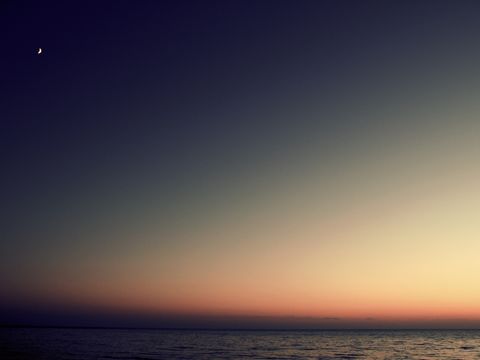Hungary
Hungary joined CERN in 1992, but Hungarian groups have participated in numerous experiments at CERN almost since its foundation. From the beginning, these collaborations were coordinated by the KFKI Research Institute for Particle and Nuclear Physics (RMKI) of the Hungarian Academy of Sciences, with the participation of physicists and engineers of the Institute of Nuclear Research (ATOMKI) of the Hungarian Academy of Sciences, of the Institute of Experimental Physics of the University of Debrecen, and of the Departments of Atomic and Theoretical Physics of Loránd Eötvös University in Budapest. High-energy physics thus has two centres in Hungary: Budapest and Debrecen, and their researchers form joint groups in all related activities. Hungarian research groups have contributed to many experiments at the Super Proton Synchrotron and the Large Electron-Positron collider.
Today, Hungarian participation in CERN concentrates on high-energy proton-proton and heavy-ion collisions in the framework of the CMS, ALICE and TOTEM collaborations at the LHC. Hungarian physicists are also involved in testing matter-antimatter symmetry in the ASACUSA experiment at the CERN Antiproton Decelerator. An important asset for the experimental activities is the Budapest site of the LHC Computing Grid system located at RMKI, which is to serve as the Tier-2 centre for Hungarian high-energy physics and also for other, interdisciplinary applications.
The Czech and Slovak Federal Republic
From council minutes on 20 December 1991:
In June 1991 the Director-General informed the Scientific Policy Committee and the Committee of Council of the wish of the Czech and Slovak Federal Republic to accede to CERN. Subsequently, in a letter dated 29 August 1991, the Czechoslovak Deputy Prime Minister and Minister of Foreign Affairs formally requested that the Czech and Slovak Federal Republic become a Member State of the Organization.
This letter was communicated to the Delegations by the President of Council on 10 September 1991. Official negotiations were conducted on 25 October 1991 and resulted in an "Aide-Mémoire", dated 25 October 1991, between CERN and the Czech and Slovak Federal Republic. At its 203rd meeting on 18 and 19 December 1991 the Committee of Council considered the document and decided to recommend to Council the terms and conditions for the accession of the Czech and Slovak Federal Republic.
The Czech and Slovak Federal Republic joined CERN as a member state on 1 July 1992.

